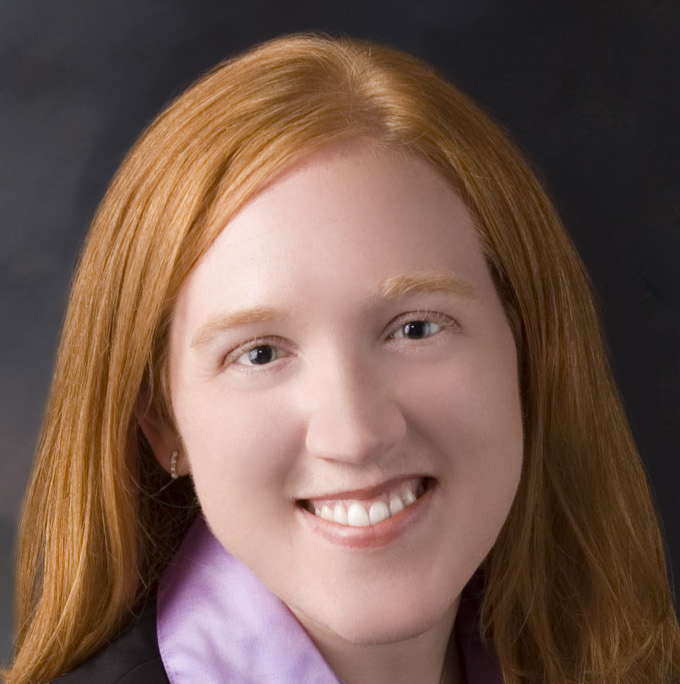3 minutes
Many boards undergo CEO succession planning at its most basic level, what Peter Myers, MSC, PCC, calls the “regulator satisfier” level. At this stage, there may be a document at the credit union that explains who takes over if the CEO is not available and what level of authority that person is entrusted with before needing to consult the board.
“This really just checks the box of ‘succession planning’ to meet regulatory requirements,” emphasized Myers, vice president of CUES Supplier member and strategic partner DDJ Myers in a December CUES Webinar.
Strategic succession planning, on the other hand, goes far beyond basic regulatory requirements. “Succession planning is really having the right people ready at the right time to do the right work,” Myers said.
For example, Myers is often asked how early a board should begin planning for a change in CEO. His answer: five years out. The search, at this point, is a strategic discussion about the role of the board and the credit union five years down the road. This type of strategic planning for succession will help the board forecast the type of CEO needed for the job.
Three years before a CEO’s departure, he said, the board should be compiling the CEO profile, which will probably look very different from the current CEO’s profile. At this point, the board will put together a leadership development plan for internal candidates. This gives potential internal candidates what they need to be successful in the succession process. Coaching plays a part for internal candidates as well.
Two years out, the board should check on the internal candidates to see if they are developing themselves and checking off requirements to fit the profile. At this time, the board can also begin discussing and developing an employment contract, if it will be needed.
One year before a new CEO is hired, the board should give the internal candidates interview opportunities. Myers explained that giving internal prospects this advanced chance to meet with the board allows directors to give feedback and allows internal candidates to have time to adjust before final interviews in the coming year.
“Through the process, there is a communication strategy,” Myers explained. “It has to be managed with dignity. What that means is, if we’re doing things in a surprise fashion or in a silo or a vacuum, it will cause potentially unnecessary, unforeseen, very much unintentional breakdowns. And your board and maybe your internal candidates will begin to look elsewhere when they know your CEO is retiring in the next year. [Instead,] we want to keep [internal candidates] engaged.”
Communication should not stop once the CEO is on board. To the contrary, Myers advised that a systematic process for transition be put in place for at least six months.
“Too often boards have the idea that they (the new CEO) showed up, they are ready to go, and it’s business as usual. More often than not, you put a new person in that role, they’ll find different things than the old person. They’ll want to look at things differently,” said Myers. Regular check-ins between the new CEO and the board for at least six months will help proactively identify changes to be made.
CUES members can view a recording of this webinar, “Evolving Board Mindsets.”





